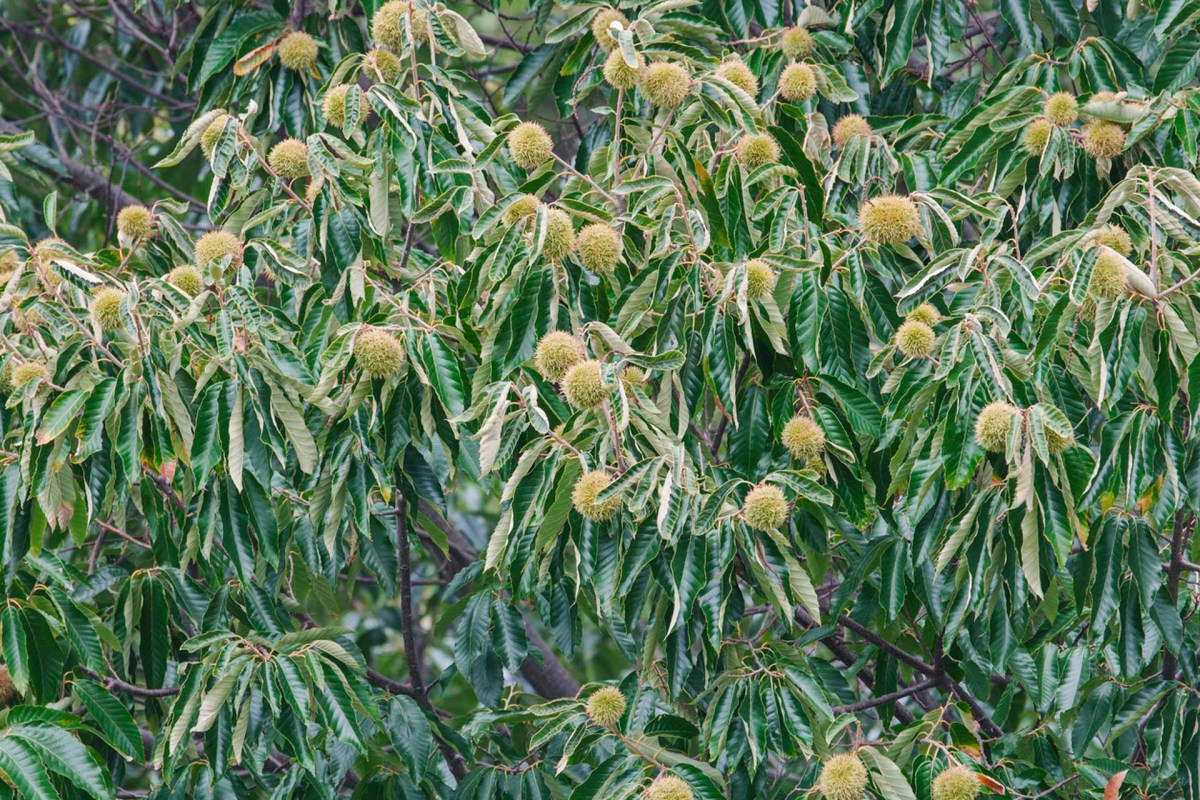The holiday tradition of roasting chestnuts over an open fire may soon return, thanks to the tireless efforts of scientists and conservationists to reintroduce the endangered American chestnut tree.
According to Fine Gardening, this beloved tree was an important part of America's history, providing abundant harvests for Native Americans and early settlers, along with their farm animals.
Settlers also quickly realized the value of the hardy, rot-resistant trees to build furniture, telephone poles, homes, and other essentials of life, per the New York Times. The American chestnut gave numerous forest animals food and shelter as well.
"It's the tree version of quinoa, to create a very bad analogy. Chestnut trees are the gardener's version of the perfect protein," Inhabitat reported, referring to chestnut trees' versatility.
However, the nearly 4 billion American chestnuts that once dominated the Appalachian forest from Alabama to New England met a tragic fate when a fungal blight spread throughout Eastern forests in the early 1900s, as an opinion piece in the Times explained.
By 1950, nearly all the trees had died, and scientists estimate that fewer than 100 of the biggest chestnuts remain today, per Templeton World Charity. The Atlantic cited Sara Fitzsimmons, the American Chestnut Foundation's chief conservation officer, as saying there are an estimated 430 million of the trees in the American East, but more than 80% of them never grow past a diameter of an inch or so.
Thankfully, scientists and plant experts at the foundation have been working hard to restore the iconic American chestnut trees to their former glory, according to Inhabitat.
They've devised a multi-pronged approach using three advanced scientific strategies: breeding, biotechnology, and biocontrol, per Inhabitat.
Over the last 36 years, volunteers and TACF partners have been breeding blight-resistant Chinese chestnut trees with American chestnuts to create hybrids.
So far, the program has resulted in around 500 trees that have inherited blight resistance and have the desired characteristics of American chestnuts but only contain an average of 12% Chinese chestnut DNA, according to the foundation.
TACF is also considering using genetic engineering to improve upon a strategy developed by scientists at the State University of New York College of Environmental Science and Forestry in Syracuse. This strategy recently introduced a blight-resistant wheat gene into the trees.
That said, there have been challenges. Recently, the foundation withdrew its support for an application to the USDA for its engineered "darling" chestnut trees, citing in a news release, "disappointing performance results" and "newer and better-performing trees ready to test."
If restoration efforts for the American chestnut are successful, it will not only bring back a celebrated part of American culture, but it will also support a healthy ecosystem and could help offset the impacts of our warming planet.
"While no single intervention can completely eradicate chestnut blight, together the science of breeding, biotechnology, and biocontrol (3BUR) offer our best hope for rescuing the American chestnut tree," the TACF website says.
From protecting Hawai'i's coral reefs to planting urban forests in South Africa, conservationists are helping to create a cleaner future where all life can thrive.
Join our free newsletter for cool news and cool tips that make it easy to help yourself while helping the planet.









